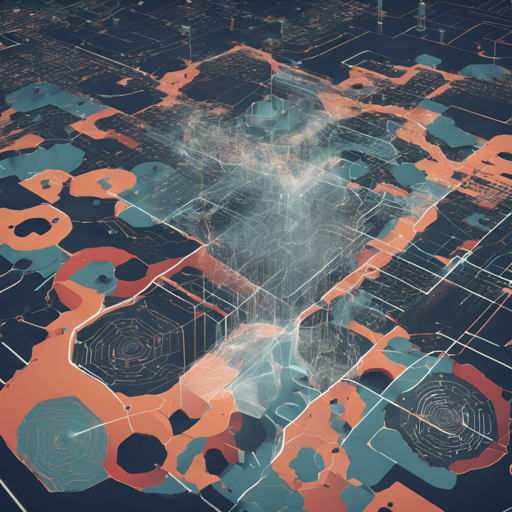In the realm of artificial intelligence, deep reinforcement learning (DRL) has conquered many challenging environments. However, what happens when these agents face adversarial perturbations in their state observations? This blog will delve into the innovative approaches to bolster the robustness of DRL agents against such disturbances, ensuring safe and reliable performance.
Understanding the Challenge
Imagine you’re driving a car using a GPS system. The GPS provides your location, but it’s not always accurate due to various interferences like tall buildings or bad weather. Similarly, in DRL, agents rely on observations that may be noisy or manipulated, posing risks for decision-making. This leads us to explore **state-adversarial Markov Decision Processes (SA-MDP)**, a framework designed to handle these uncertainties effectively.
Proposed Solutions
- We propose using robustness regularizers for various DRL algorithms such as Proximal Policy Optimization (PPO), Deep Deterministic Policy Gradient (DDPG), and Deep Q-Network (DQN).
- Additionally, we introduce two strong adversarial attacks for PPO and DDPG: the Maximal Action Difference (MAD) attack and the Robust Sarsa (RS) attack.
How to Implement Robust Regularization in DRL
Let’s discuss how to put these concepts into action with an analogy. Consider the training of an athlete:
- The athlete trains under ideal conditions (analogous to the standard training of an agent).
- However, for a well-rounded performance, the athlete also practices under adverse situations (reflecting the challenged environment in which agents must operate).
- Using robustness regularizers is like training that athlete in various challenging conditions to prepare them for any competition environment.
Implementation Steps
- Choose your framework (e.g., OpenAI Gym).
- Implement the SA-MDP with either PPO, DDPG, or DQN.
- Integrate the proposed robustness regularizers to enhance the agent’s decision-making under noise.
- Test against adversarial attacks and analyze performance improvement.
# Example of integrating SA-MDP with PPO
from stable_baselines3 import PPO
model = PPO('MlpPolicy', env, verbose=1)
model.learn(total_timesteps=10000)
Troubleshooting Common Issues
While implementing robust DRL strategies, you may encounter a few common challenges:
- Issue: The agent does not recover effectively under attack.
- Solution: Review the robustness regularizers; ensure they’re correctly integrated.
- Issue: Slow learning rates leading to long training times.
- Solution: Experiment with different learning rates to find an optimal setting.
For more insights, updates, or to collaborate on AI development projects, stay connected with fxis.ai.
Results of Implementing Robust DRL
In our experiments, agents utilizing the proposed frameworks demonstrated significant performance improvements even under adversarial conditions. For instance, the SA-DQN showcased remarkable resilience with scores drastically higher than their Vanilla counterparts, showcasing how robustness can transform agent performance.
Conclusion
The pursuit of robust deep reinforcement learning is critical as it paves the way for developing safer AI applications, especially in sensitive environments like autonomous driving. At fxis.ai, we believe that such advancements are crucial for the future of AI, as they enable more comprehensive and effective solutions. Our team is continually exploring new methodologies to push the envelope in artificial intelligence, ensuring that our clients benefit from the latest technological innovations.

